#Giraffa tippelskirchi tippelskirchi
Explore tagged Tumblr posts
Text

Maasai giraffe Giraffa tippelskirchi tippelskirchi
Observed by ornithondar, CC BY-NC
#Giraffa tippelskirchi tippelskirchi#Maasai giraffe#Giraffidae#giraffe#non-ungulate#bird#passerine#Buphagus erythrorhynchus#red-billed oxpecker#Africa#Kenya
32 notes
·
View notes
Text

Six Maasai giraffes (Giraffa camelopardalis tippelskirchi) crossing the Talek River at dusk, Masai Mara, Kenya, Africa.
Photographer: Charlie Hamilton-James
#charlie hamilton-james#photographer#maasai giraffes#giraffa camelopardalis tippelskirchi#animal#mammal#wildlife#talek river#dusk#masai mara#kenya#africa#nature#giraffe
13 notes
·
View notes
Text
Wild Animals Found In Tanzania
Did you know that Tanzania has the largest wild animal population density in the world? This means that there are more animals per square mile of land in Tanzania than anywhere else. How interesting is that!
According to Tanzania National Parks Authority (TANAPA), the country has 22 National Parks home to more than 430 mammalians, 6,000 insects, 1,112 birds, and 100 snakes species.
So, hop on to this exciting ride as we’ll be sharing some amazing facts of different animals that are found in the beautiful country of Tanzania.
Today we’ll have a look at the Tanzanian’s National Animal and that is none other than the majestic Giraffe. According to the Giraffe Conservation Foundation (GCF), there are four distinct species of giraffes and those are the Maasai giraffe (G. tippelskirchi), Northern giraffe (G. camelopardalis), Reticulated giraffe (G. reticulata) and Southern giraffe (G. giraffa). Tanzania is home to the largest population of Maasai giraffes in the world.

Facts About Giraffe
An average giraffe is 20 feet tall, making them the tallest land mammal on earth
Both male and female giraffes have ossified cartilage resembling horns on the top of their heads
They are social animals. They travel in groups of 10 to 12 known as tower
Both male and female giraffes can live to about 25 years in the wild and even longer in captivity. Their mortality rates vary from region to region depending on the density of their natural predators
Their biggest natural predators are lions who are responsible for the mortality of more than 50% of giraffe calves in their first year
They are herbivorous animals and due to their height they eat leaves and buds from trees and shrubs. They can consume approximately 35 kilograms of food a day
Their bodies are covered in spots (patches) which they use as camouflage from their predators
Giraffes’ gestation period is about 15 months. They can carry only one calf at each pregnancy, and they give birth to their calves while standing up
They can run as fast as 35 mph over short distances and about 10 mph over longer distances.
Come visit the beautiful country of Tanzania where you can see these majestic animals. Stay tuned for next time when we come back with other amazing facts about other animals found in Tanzania.
This article was written by Duteni Tours, a Class A licensed Tour Operator based in Tanzania, East Africa. For questions about the content of the article or for information about magical safaris or immersive cultural experiences in Tanzania, please contact us at;
[email protected] OR +255 765 809 691
3 notes
·
View notes
Text
Giraffa camelopardalis tippelskirchi in Selous Game Reserve.
1 note
·
View note
Text

Masai giraffe in Akagera National Park, Kayonza, Rwanda
Max Christian
Lifespan: 10 – 15 years, 20-27 years in captivity.
Height: up to 18 feet tall
Habitat: Tanzania and southern Kenya
Population: just over 44,750
Scientific name: Giraffa tippelskirchi
Gestation period: 15 months
Origin: Kenya and Tanzania in east Africa
Order: Artiodactyls, Therapsid, Elpistostegalia
Class: Mammalia
Species: Camelopardalis
Subspecies: Tippelskirchi
The Masai giraffe, also spelled Maasai giraffe, and sometimes called the Kilimanjaro giraffe, is a species or subspecies of giraffe.
Masai giraffe live in savannahs, grasslands and open woodlands--preferably near abundant sources of acacia trees.
Masai giraffe dine mainly on leaves, bark, twigs, flowers, and fruits. Giraffe especially like leaves from the acacia tree. They use their long, flexible neck to reach the treetops and their long, slick, prehensile tongue to strip the leaves.
Habitat loss and illegal hunting are decimating giraffes, Masai giraffe numbers have declined over 50% in the last few decades! The IUCN Red List status for Masai giraffes is Endangered, with a decreasing population trend.
#Akagera National Park#Kayonza#Rwanda#Africa#Wildlife#Giraffe#Giraffes#RwandaWildlife#National Park#Masai Giraffe
0 notes
Text

file: Masai Giraffe Giraffa camelopardalis tippelskirchi in Tanzania 0851 Nevit.jpg
0 notes
Photo

Masai Giraffe (Giraffa tippelskirchi)
taken at the Los Angeles Zoo in Los Angeles, California
status: endangered
The baby sticking very close to mom’s butt. So close in fact that it got hit in the face a couple times by her tail.
#Masai Giraffe#Giraffe#Giraffa tippelskirchi#animal#wildlife#photo#photography#canon#canon rebel eos t3#la zoo#los angeles zoo#zoo
26 notes
·
View notes
Photo


BABY MASAI GIRAFFE Giraffa tippelskirchi ©Laura Quick
This baby giraffe was born in October at the Los Angeles Zoo and Botanical Gardens. Giraffes are the tallest animals in the world. Males can grow up to 18 feet (5.5 meters) tall, females can reach 14 feet (4.3 meters) tall and their babies, called calves, are born six feet (1.8 meters) tall and 100 – 150 lbs. (70 kilos) and she’s over 7 feet tall already. Masai giraffes are from Kenya and have patterns that look like oak leaves. Masai in Swahili translates to "spotted." Both male and female giraffes have two distinct, hair-covered horns called ossicones — which may be the vestige remains of what had been antlers. Giraffes browse for food for 16 – 20 hours a day and only need 5 – 30 minutes of sleep in a 24-hour period.
Other posts you might like:
Giraffe Drinking
Giraffe Portrait
Albino Giraffe
#giraffe#masai giraffe#giraffa tippelskirchi#©laura quick#africa#mammal#los angeles zoo and botanical gardens#los angeles zoo#california#kenya#animal#glaza#cute#males 18 feet tall#babies 6 feet tall at birth#tall#tallest animals on earth#spotted#ossicone
10 notes
·
View notes
Photo
Maasai giraffes (Giraffa camelopardalis tippelskirchi) crossing under a bridge of the Standard Gauge Railway line, inside the Nairobi National Park.
Photo by Baz Ratner

#fave#sourcing#maasai giraffe#giraffa camelopardalis tippelskirchi#giraffa camelopardalis#giraffa#giraffinae#giraffidae#giraffoidea#ruminantia#artiodactyla#laurasiatheria#placentalia#mammalia#tetrapoda#vertebrata#chordata
405 notes
·
View notes
Photo

39 notes
·
View notes
Text

Grant's zebra Equus quagga boehmi, front
Maasai giraffe Giraffa tippelskirchi tippelskirchi, back
Observed by heinrichhuman, CC BY-NC
#multi-ungulate#Equus quagga boehmi#Grant's zebra#Equidae#horse#Giraffa tippelskirchi tippelskirchi#Maasai giraffe#Giraffidae#giraffe#Africa#Tanzania
25 notes
·
View notes
Photo

Giraffa camelopardalis tippelskirchi
The Masai giraffe, also spelled Maasai giraffe, also called Kilimanjaro giraffe, is the largest subspecies of giraffe. It is native to East Africa. The Masai giraffe can be found in central and southern Kenya and in Tanzania.
6 notes
·
View notes
Text
Jusqu'en septembre 2016, il était communément admis qu'il existait neuf sous-espèces de girafes : la girafe réticulée (Giraffa camelopardalis reticulata), que l'on trouve en Éthiopie, en Somalie et dans le nord du Kenya
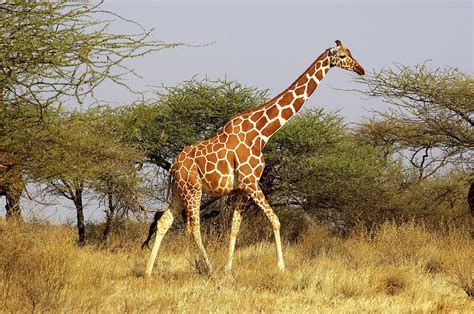
la girafe de Nubie (Giraffa camelopardalis camelopardalis), de la région du Nil bleu en Érythrée
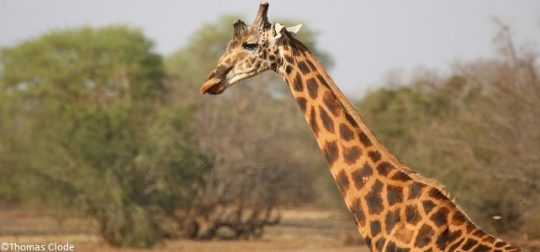
la girafe du Soudan (Giraffa camelopardalis antiquorum)
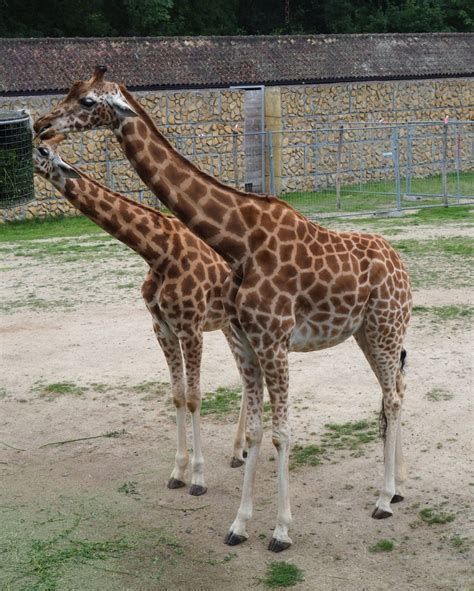
la girafe du Tchad (Giraffa camelopardalis peralta), qui vit en Afrique centrale et occidentale
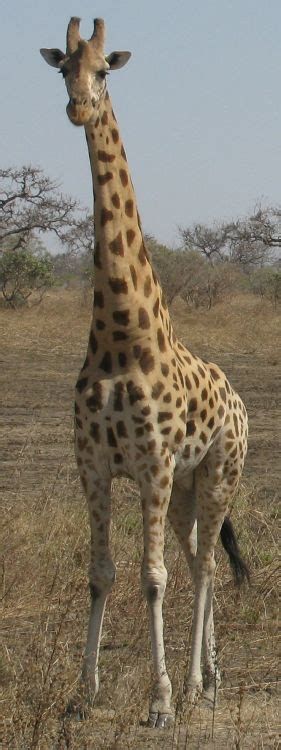
la girafe de l'Ouganda (Giraffa camelopardalis rothschildi), que l'on observe en Ouganda et au Kenya dans les réserves
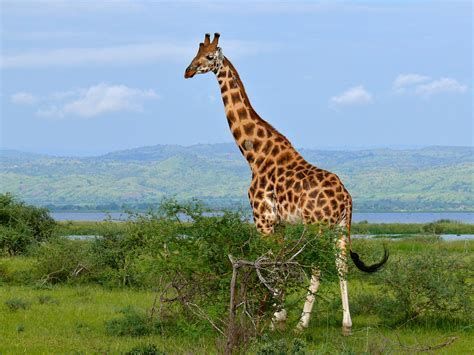
la girafe masaï (Girafa camelopardalis tippelskirchi), du sud du Kenya
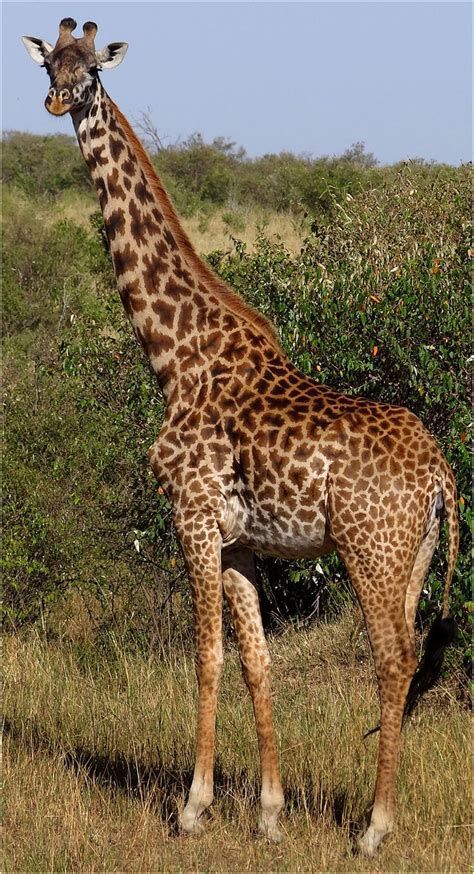
la girafe de Rhodésie (Giraffa camelopardalis thornicrofti), que l'on trouve dans la vallée du Luangwa, en Zambie
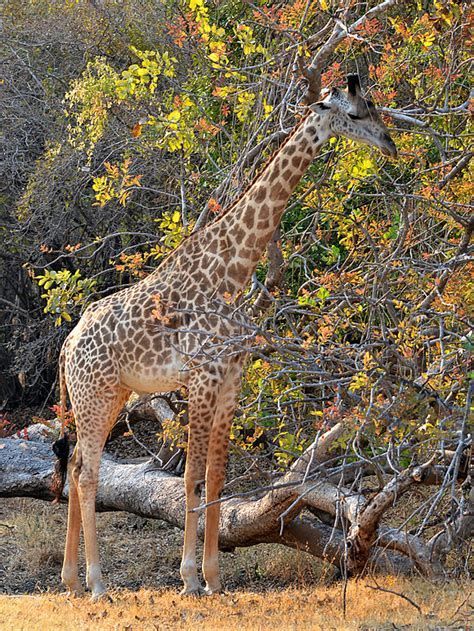
la girafe d'Angola (Giraffa camelopardalis angolensis), qui habite le sud de l'Angola
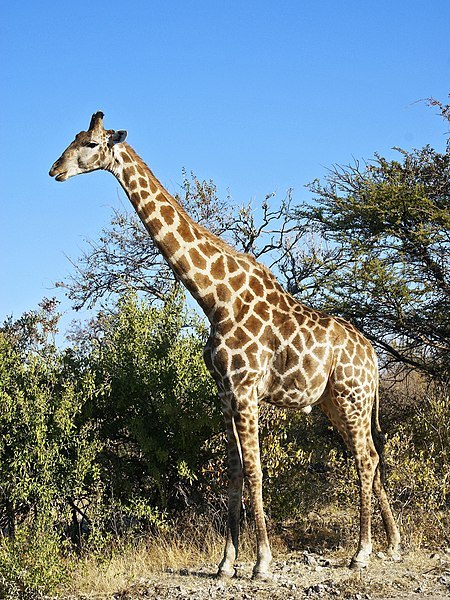
la girafe du Cap (Giraffa camelopardalis giraffa), que l'on voit dans toute l'Afrique australe.

En septembre 2016, une étude génétique a indiqué qu'il semble exister en fait quatre espèces distinctes de girafes, qui ne s'hybrident pas entre elles dans les populations naturelles. L'auteur de l'étude, Chris Woolston, propose les noms suivants, reprenant ceux des sous-espèces correspondantes : la girafe du Nord, ou de Nubie (G. camelopardalis)
;la girafe du Sud (Giraffa giraffa), en Afrique du Sud, en Namibie et au Botswana
;la girafe masaï (G. tippelskirchi) au Kenya, en Tanzanie et en Zambie
;la girafe réticulée (G. reticulata) au Kenya, en Somalie et en Éthiopie.

5 notes
·
View notes
Photo

Giraffa tippelskirchi - Masai Giraffe
#masai giraffe#giraffe#giraffa#tippelskirchii#giraffidae#artiodactyla#mammalia#chordata#animalia#threatened#unassessed#africa#great rift valley#africal great lakes#savannas#terrestrial#savanna#debated taxa
98 notes
·
View notes
Photo

Maasai giraffe (Giraffa camelopardalis tippelskirchi)
Photo by miketabak
#maasai giraffe#masai giraffe#giraffe#giraffa camelopardalis tippelskirchii#giraffa camelopardalis#giraffa#giraffidae#giraffoidea#pecora#ruminantia#cetruminantia#artiofabula#artiodactyla#scrotifera#laurasiatheria#boreoeutheria#eutheria#mammalia#tetrapoda#vertebrata#chordata
54 notes
·
View notes
Photo










Euphorbia multiceps, Keurfontein | ユーフォルビア・ムルチセプス
こんなふうに影を何万回、何千万回伸ばしてきたんだろう。まだ日は高いのに長い影ができる。それくらい遮るもののない、ふきさらしの大平野に点在するムルチセプス。すぐそばにはTulista pumila v. ohkuwai。どちらもこの土地固有の種。属は違えど、円錐形でごつごつしてて雰囲気が似る。環境が作りし造形の妙。
冬本でも触れたとおり、盗掘と旱魃で個体数は減少。じっさい数えるほどだったし、枯死株もあり、芽吹いて数年のような子株はなかった。絶滅危惧種なのはGiraffa camelopardalis ssp. tippelskirchiだけじゃない。多頭キリンもそう。
6 notes
·
View notes